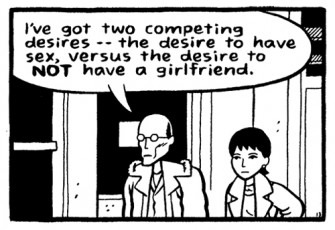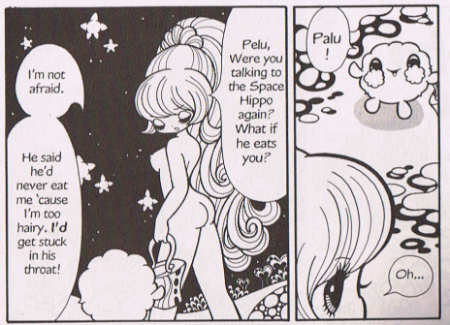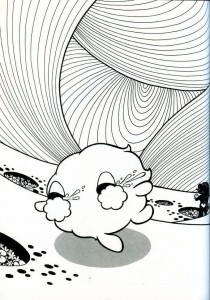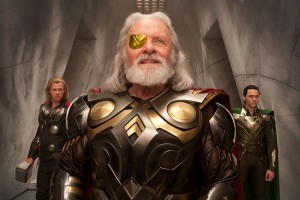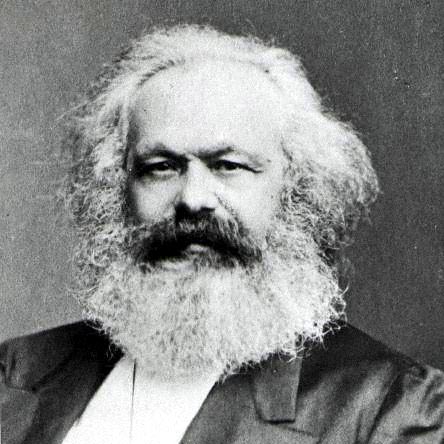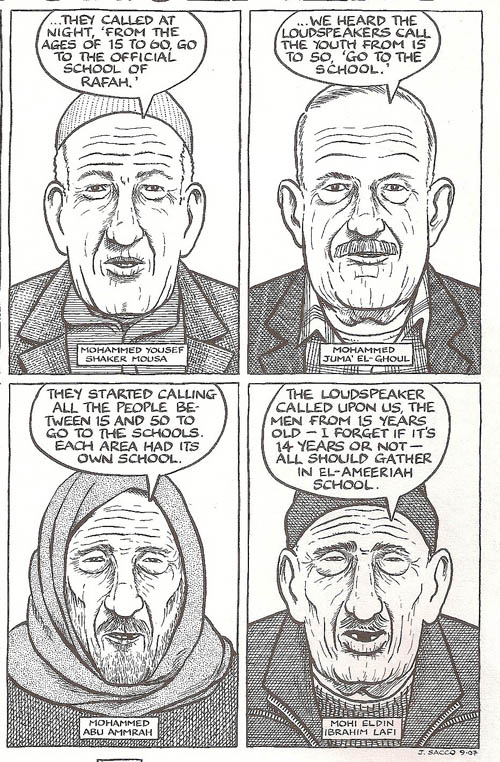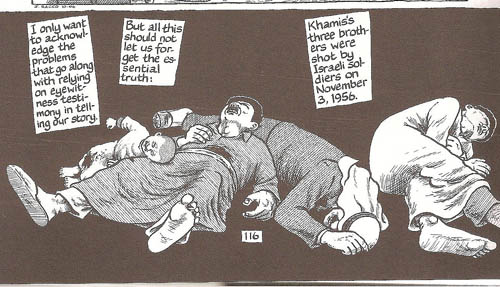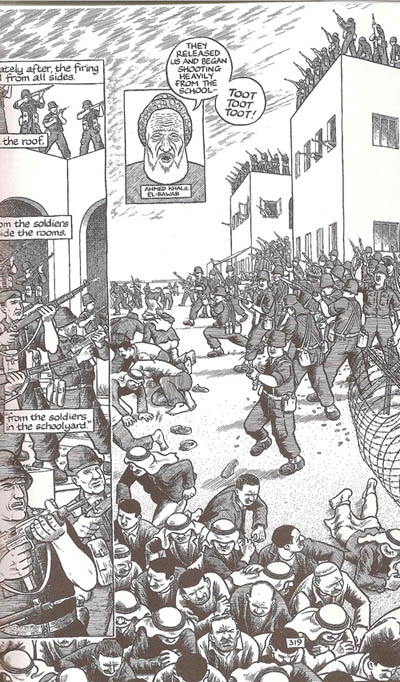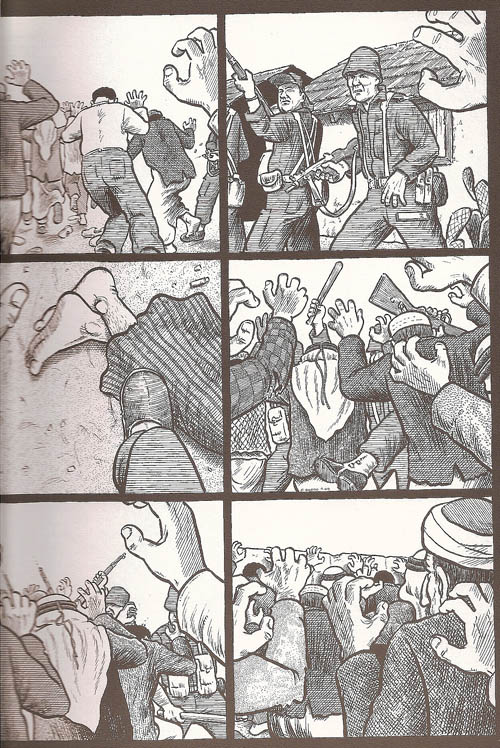 Robert Stanley Martin’s post from a few days back has me thinking about comics and canons. Specifically, I’ve been trying more or less idly to figure out what my favorite comics are. Peanuts of course. Maybe Watchmen. Possibly Little Nemo. Those would all irritate Domingos, but they’re solidly mainstream choices.
Robert Stanley Martin’s post from a few days back has me thinking about comics and canons. Specifically, I’ve been trying more or less idly to figure out what my favorite comics are. Peanuts of course. Maybe Watchmen. Possibly Little Nemo. Those would all irritate Domingos, but they’re solidly mainstream choices.
I was a little disturbed though to discover that Marley’s Dokebi Bride may make my list.
Probably most people reading this haven’t heard of Dokebi Bridge. It’s a Korean manhua YA coming of age story that I read a couple years back. It was never finished; it ends on a cliff-hanger at the end of volume 6. I wrote a very enthusiastic review at Comixology.
The book, like many ghost stories, is about grief and dislocation and how the two circle around each other like black, exhausted smudges. The first volume opens with Sunbi’s father carrying her mother’s ashes back from the grave; that volume ends with the death of Sunbi’s grandmother, who raised her and cared for her. The central loss of a parent, and therefore of self, returns again and again through the series, a literal haunting. Sunbi can’t function without putting the past behind her, but the past is everything she is — she can’t let it go. When a fortune teller offers to read her future, Sunbi rejects the offer angrily. “No, I don’t want to know about my stupid future!” she bites out through her tears. “Just tell me what all this means to me! Tell me why they’ve all died and left me, why they’re even trying to take away my memories!”
So, yes, I liked it a lot — more than any other reviewer I’ve seen, I’m pretty sure. Michelle Smith, for example, has a much more mixed reaction. (Interestingly, the things she dislikes — the way the plot stutters back and forth without seeming sure where it’s going — is something that kind of made the series for me.)
But anyway. The point is, there’s a pretty big gap between saying, “I liked this,” or even “I loved this” and saying, “You know, I think this is one of the best comics ever. It’s going in my canon!” People can forgive the first as a harmless eccentricity. The second, though, starts to look like carelessness.
I’m not going to try to make the case for Dokebi Bride as one of the all time all times here. It’s interesting to think about why making that case is futile though. What exactly could I say that would make Dokebi Bride seem like it deserved canonicity, anyway? I love the series, and (as in my essay) I think I can make a pretty sustained argument as to why it’s good or even great (not that I’d convince anyone, but I can make the argument.) I could even point out that many things that have actually made it into the canon to some degree (like, say, Herge’s Tintin or the Lee/Ditko Spider-Man or Maus) are less thoughtful or moving than Dokebi Bride (at least in my opinion.)
But canonicity is about more than just quality. It’s also about influence and centrality — it’s about the art forms’ narrative. And it’s very hard to make an argument in which an unfinished Korean genre series with middling reviews is important to comics.
This brings up a question which I’ve thought about in some other contexts,namely — could the best comic ever written be something that nobody’s ever seen? Could some random mini-comic in a drawer somewhere be the best thing ever? Can the quality of an aesthetic object be abstracted from its context and its place in history? If Tintin appeared now as a children’s book, largely ignored by the comics mainstream, would it be a classic? Would Tsuge?
Of course, no one thinks Dokebi Bride is better than Tintin, much less Tsuge. I look ridiculous for suggesting it. And that’s part of what canons are there for too. Canons legitimize the works of art, but they also legitimize, or deligitimize the people making the canons. Canons are a way of determining who is and who is not with the program. They’re lines in the sand.
Choosing Dokebi Bride for a canon is its own kind of line; it suggests a perverse contrarianism, perhaps. To pick as canonical something no one else thinks of as canonical doesn’t mean you’re any less beholden to the conventional wisdom. It just means your defined through opposition. You may not be onboard the truck, but that just means you’re tied to the bumper (possibly screaming impotent obscenities.)
Which brings me to the reason that I, in general, both dislike canons and find myself fascinated by them. Robert pointed out that canons change over time. They’re not fixed; people alter them. Which is certainly true. But, at the same time, canons alter art, and, by extension, people. The things that are considered great and important affect how you relate to new works, how you relate to the art form….and even how you relate to yourself. I noted above that I was a little disturbed to discover myself thinking about Dokebi Bride as a canonical work. That disturbance didn’t appear out of nowhere; it was put there by the canon, which functions in this situation as a kind of conscience or superego.
So should we just get rid of canons then? Throw off the beady-eyed superego and frolic joyfully in whatever pop pleasures of the id present themselves? Well, maybe. If people don’t want to think too much about canons, that’s reasonable.
On the other hand, canons do, like superegos, provide a shared set of norms — a communal way to talk and think about art. If canons are sometimes worth resisting or challenging, it’s because the canon itself provides a context in which resisting or challenging has meaning. Canons are rigid…but flexibility becomes meaningless if there’s no structure to flex. It takes a small amount of gumption to say that something — whether Dokebi Bride or anything else — should be in the canon. Maybe that’s why it’s worth saying in the first place.

